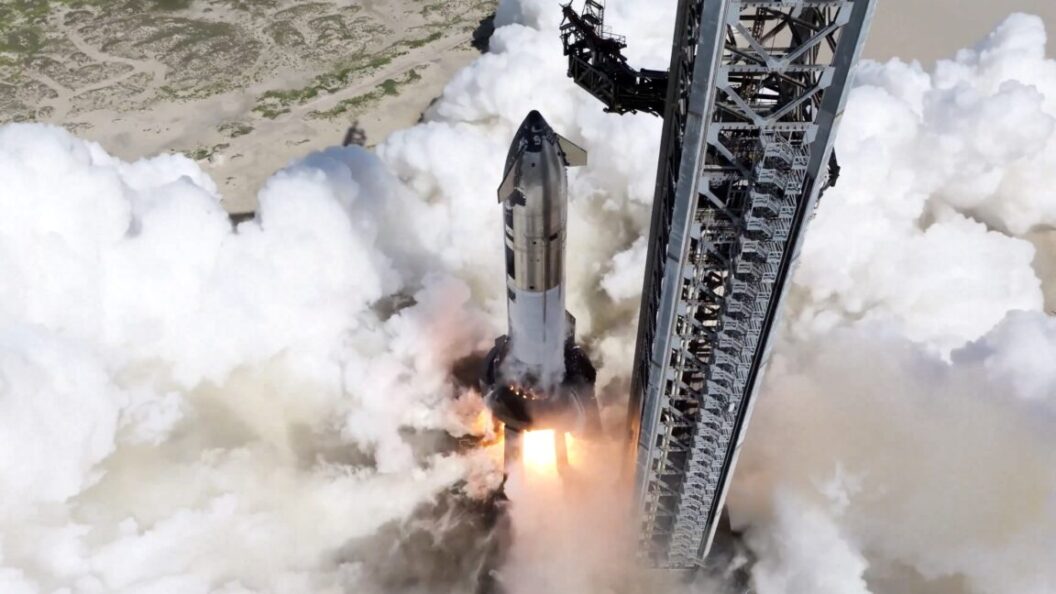SpaceX Prepares for Starship Flight 10 Amid Investigations and Redesigns
In the latest developments surrounding SpaceX’s ambitious Starship program, the company is gearing up for its upcoming Flight 10 launch following a series of setbacks and safety assessments. The Federal Aviation Administration (FAA) has approved a redesign of crucial components, setting the stage for continued advancements in commercial spaceflight.
Redesigning for Safety
Following an investigation into the recent diffuser failure, SpaceX engineers successfully recreated the incident on the ground. The outcome led to a redesign that improves gas direction into the main fuel tank and significantly reduces strain on the diffuser structure. This design alteration is part of SpaceX’s commitment to ensuring safety and functionality for its rocket systems.
The FAA confirmed its endorsement of the investigation, stating, “SpaceX can now proceed with Starship Flight 10 launch operations under its current license.” This clearance allows SpaceX to press forward, reflecting a positive step in their safety protocols.
Flight Objectives and Enhancements
SpaceX announced that the upcoming flight would expand the operating envelope of the Super Heavy booster, with several key objectives lined up, including the first deployment of a payload and multiple reentry experiments aimed at returning the upper stage to the launch site for catch. These sequential tests are critical for both performance validation and for the future of commercial space travel.
Setbacks and Recovery
The journey has not been without challenges. Initially, SpaceX aimed to reinstate flight operations by late June or early July. However, an accident on June 18—when a test rocket, Ship 36, exploded during a propellant fill—delayed the timeline further. The incident caused significant damage to both the rocket and the testing facility, prompting SpaceX to retrofit their launch pad for the subsequent ship, designated Ship 37.
Following rigorous tests on Ship 37, which included a successful firing of all six Raptor engines on August 1, preparations are underway to transition back to a full Super Heavy/Starship stack configuration.
Addressing Technical Failures
The explosion that destroyed Ship 36 has been attributed to a malfunction in a critical component—a composite overwrapped pressure vessel (COPV) used for high-pressure nitrogen storage. The vessel ruptured, resulting in the catastrophic failure of the test rocket. In response, SpaceX has announced that COPVs on future flights will operate at reduced pressure and introduced stringent inspections and testing measures to prevent similar failures.
Implications for Commercial Spaceflight
The developments surrounding SpaceX’s Starship program exemplify the trial-and-error nature of aerospace engineering. While setbacks like the explosive mishaps raise safety concerns, they also showcase the company’s commitment to innovation. The redesigns and rigorous safety protocols employed by SpaceX could set a precedent for best practices in the industry, potentially paving the way for more reliable commercial rocket launches in the future.
As SpaceX prepares for its next flight, the successful incorporation of lessons learned emphasizes the intricate balance between risk and advancement in the evolving field of space exploration. The implications of these developments could resonate beyond the Starship program, influencing regulatory frameworks and safety standards across the industry.
As the countdown to Flight 10 begins, the aerospace community watches with keen interest, hopeful that this next chapter will not only mark another step for SpaceX but also for the future of manned and unmanned space missions on a broader scale.









